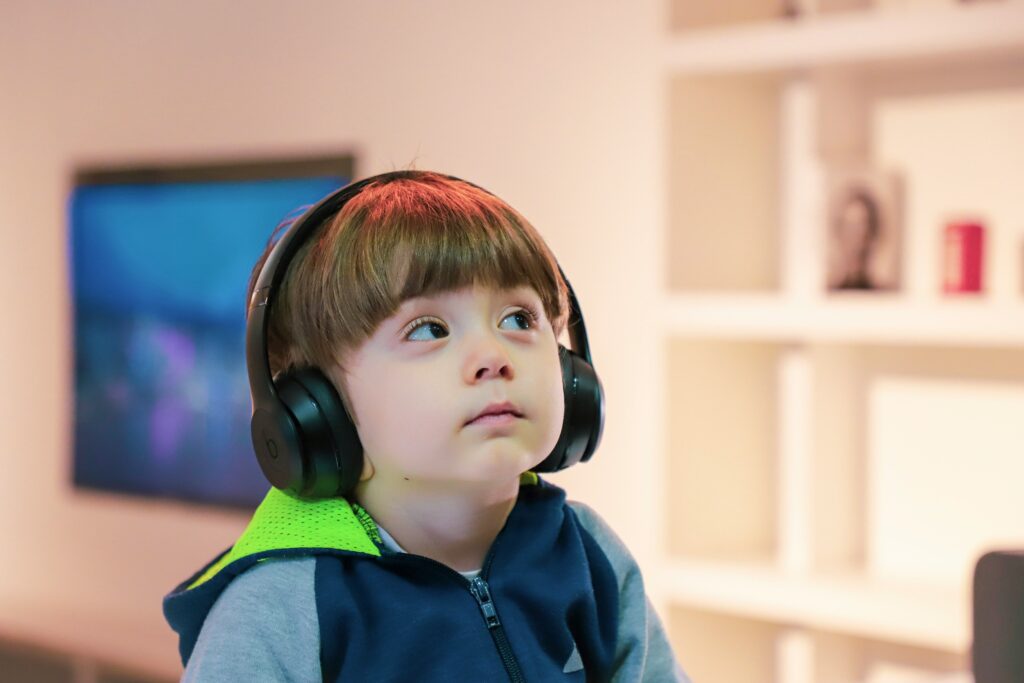When your child is diagnosed with Autism Spectrum Disorder (ASD), it’s natural to want to understand what support and services will help them grow and thrive. Applied Behavior Analysis (ABA) therapy is one of the most widely recommended, evidence-based approaches for helping children on the spectrum develop essential life skills. But what do ABA therapy outcomes look like? What are some ABA treatment plan examples? Let’s walk through the key behavior therapy goals for autism ABA therapy, so you can better understand what to expect and how it might support your child’s development.
1. Development of Communication Skills
Communication is typically a place parents hope to see improved first. When a child is unable to express themselves, there are often unwanted behaviors that arise. A main goal in ABA therapy is to provide the child with ways to communicate their needs- this may be through verbal language, sign language, or through the use of Picture Exchange Communication System (PECS).
Our team of BCBAs will develop ABA treatment plans that include goals targeting communication development. Goals are broken down into smaller, attainable targets which will provide the child with the foundation for language development.
As one of the general behavior therapy goals for autism, skills in communication not only reduce frustration but also open the door to relationships and autonomy.
2. Maximizing Social Interaction
Another core focus of custom aba therapy is the development of social skills. Our children with autism can sometimes require more direct and explicit teaching in order to understand social cues and verbal / non-verbal body language.
Improved social functioning is often the greatest behavior therapy goal for autism on the wish list of parents. Children who once played by themselves will start playing in an interactive manner or smiling at warm greetings from people they know. These changes enable children to participate fully in school work, family functions, and civic events.
BCBA’s develop treatment plan goals that tie into the child’s preferences in order to make learning fun and natural.
3. Facilitating Daily Living Skills
Our team of BCBAs and behavior therapists will also work on developing independence across daily living skills. This can look like teaching your child to brush teeth, get dressed, using the restroom, and hand washing. ABA therapy breaks these daily routines into smaller, teachable steps while always reinforcing positive responses.
No matter where your child requires additional love and support, we are here to help with setting the foundation for a brighter, more independent tomorrow.
4. Decreasing Challenging Behaviors
Some children with autism may engage in behaviors that can be challenging. While these behaviors are often rooted in unmet needs or sensory overload, they can be dangerous and distressing for everyone involved.
One of the more meaningful behavior therapy goals for autism is identifying the function of a behavior and teaching safer, more effective alternatives. For example, a child may display tantrum behaviors because they are unable to express their needs; our trained therapists will provide them with models of functional communication phrases to express their needs.
In ABA treatment plans, you’ll see behavior reduction goals paired with strategies that replace those behaviors with new skills. These goals are never about punishment– instead, they focus on understanding what your child is trying to communicate and helping them do it more safely.
This ties back into the broader ABA therapy outcome goals, which prioritize your child’s emotional regulation, safety, and overall well-being.
5. Supporting Emotional Understanding and Regulation
Emotional regulation can be incredibly tough for children with autism. They may feel very intensely and struggle with even knowing or talking about their feelings. In ABA, you’ll notice the goals are to help children reach awareness of the feelings inside themselves and others and learn skills to regulate those feelings in positive ways.
Therapists can utilize the following: visuals (like emotion charts), breathing exercises, or social stories to educate children what anger, sadness, or excitement “feels” like– and how to act when they feel it.
Through emotional development, behavior therapy goals for autism often include fewer meltdowns, better coping with transitions, and enhanced interactions with peers. Managing emotions is a huge step towards academic and social achievement.
A key focus in ABA is developing a child’s emotional regulation and teaching ways to incorporate it into play, daily routines, and social skills, so they do not actually feel so “therapeutic” but more natural.
6. Increasing Focus and Attention
For some children on the spectrum, maintaining attention for extended periods of time may be difficult. ABA therapy can help teach the child tactics for increasing their attention span and task completion through techniques specially tailored to each child’s method of learning.
Therapists build expectations incrementally, starting with short tasks and leading to longer tasks as the confidence in the child grows. Increased focus will certainly help increase ABA therapy outcomes in other areas, such as school readiness, group membership, and learning acquisition.
This kind of child centered approach is a shared objective ABA treatment plans, especially for preschoolers or those entering guided class settings.
7. Generalizing Skills to Real-Life Settings
One of the final and most important goals of ABA therapy is generalization– i.e., that the child has the capacity to generalize their skills outside of therapy and apply them in the home, school, and community. Generalization is one of the long-term behavior therapy goals for autism, where one can see that a child is able to apply learned skills across a variety of settings and with different individuals.
Start your child’s ABA journey at Excel Together to see how we can work together to develop a meaningful ABA treatment plan to maximize your child’s potential. Contact us today.
